The initial plan - or rather, hope, for no plans were actually laid - was to go to Chiribiquete.
Chiribiquete is the center of the world, where the echoes of silence are sheltered.
Chiribiquete shaman saying
A UNESCO World Heritage Site, one of the most biodiverse and unexplored parts of the globe, and home to several uncontacted tribes of the Amazon, Chiribiquete is a place that tugs the Indiana Jones strings in anyone, beckoning exploration. But, access to Chiribiquete is now, wisely, forbidden ground for tourists (and most scientists, too), rendering it a land of dreams, a place to be contemplated, its realities shrouded in beautiful mists of wonder.
So we rerouted to a slightly less, but still quite, enchanting land.
We ended up in the Serrania la Lindosa - a small range of limestone hills, heavily eroded and rounded tepuis - far away from the cruise ships of Cartagena and the discos of Medellin, on the fringe of the Amazon Basin. Here lie myriad treasures in the Colombian landscape, for far from the small city of San José Del Guaviare, that time forgot - or perhaps it remembered and only we forgot.

Long a center of FARC guerillas and rival paramilitaries, intense cocaine production and narco-trafficking, San José Del Guaviare and its surroundings are the traditional home of the Nunak people, a hunter-gatherer tribe who remained largely un-contacted until 1981. They’ve since seen their population decimated by disease and conflict.
In the 1940s and 1950s, locals helped outsiders “discover” some of the region’s ancient rock art, but the decades of war and strife kept Guaviare largely off the map until recently. It wasn’t until 1989 that Carlos Castaño-Uribe began discovering the hidden wonders of this area (as part of his research on Chiribiquete). With help from Nunak locals, village elders, and lots of exploration, Castaño-Uribe and others have found a treasure trove of ancient history, rock art and pictographs running for hundreds of feet at a time - for many miles in total - along the rounded cliffs of eroded tepuis.
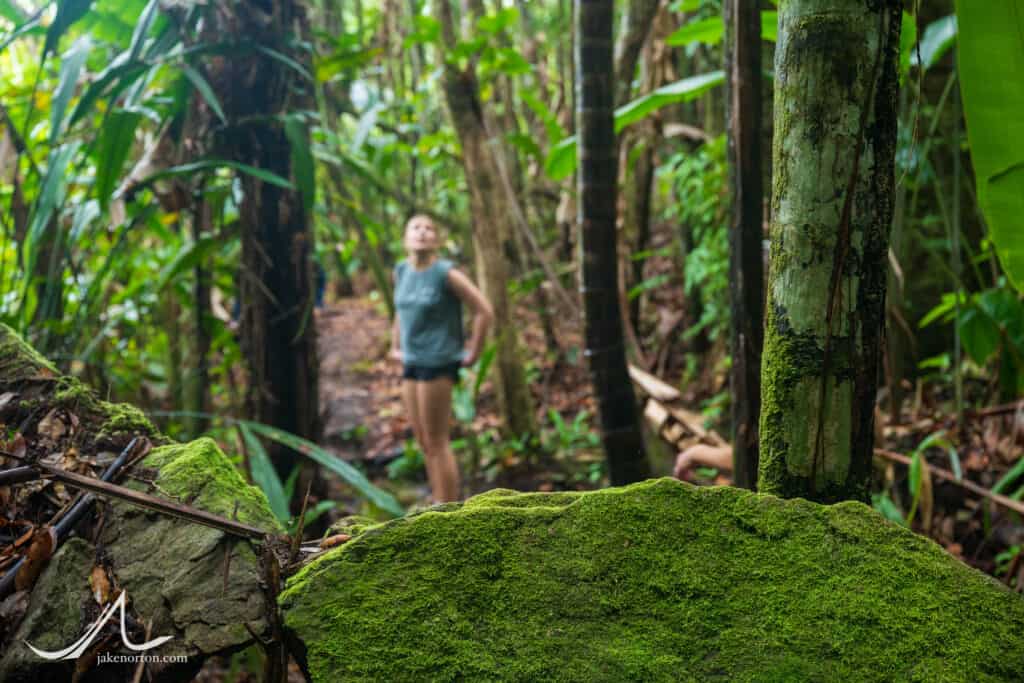
Similar to those found throughout Chiribiquete, the rock art of Guaviare is prolific and intricate, a visual smorgasboard depicting the lives and landscapes of long ago in vivid detail. On the walls lie hundreds - if not thousands - of ochre paintings, images of adults and children, plants and animals and symbols. In addition to recognizable critters of the region like snakes and lizards, there are more confusing drawings, reminiscent of ancient megafauna, echoes perhaps of a time when our ancestors shared their realm with giant sloths and mastodons and the American horse. While hotly debated, recent excavations of the areas around Cerro Azul have confirmed human presence at least 12,600 years ago, which coincides with the disappearance of these megafauna.
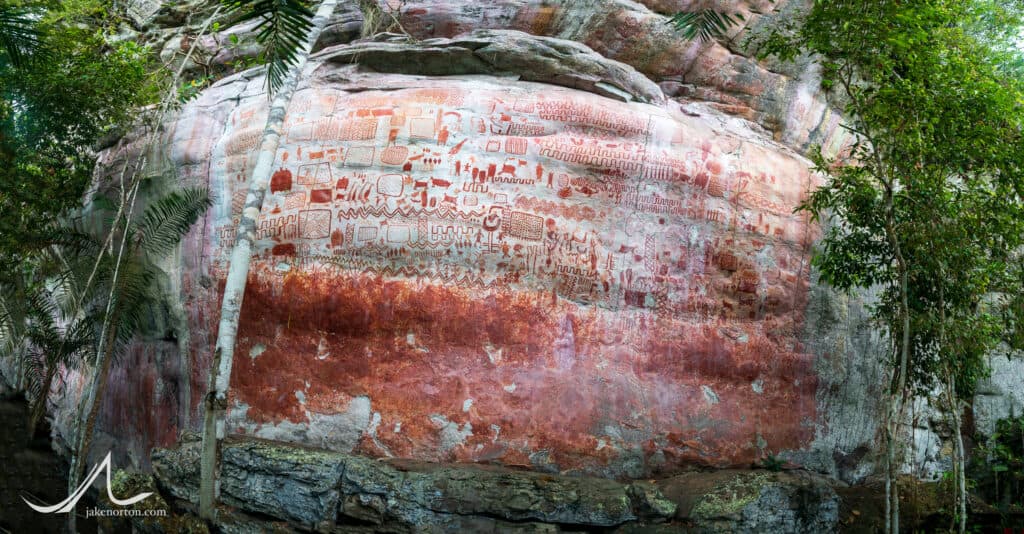
As we walked the humid jungle to these sites, I gazed at them in wonder, imagining hands on teetering ladders delicately paying homage in ochre to their landscape, their world. I couldn’t help but think of my own, our own, deafening insignificance, our humbling insubstantiality, the miniscule blip we represent on the radar screen of time and the unending questions posed by humans, left unanswered by the vagaries of eons.
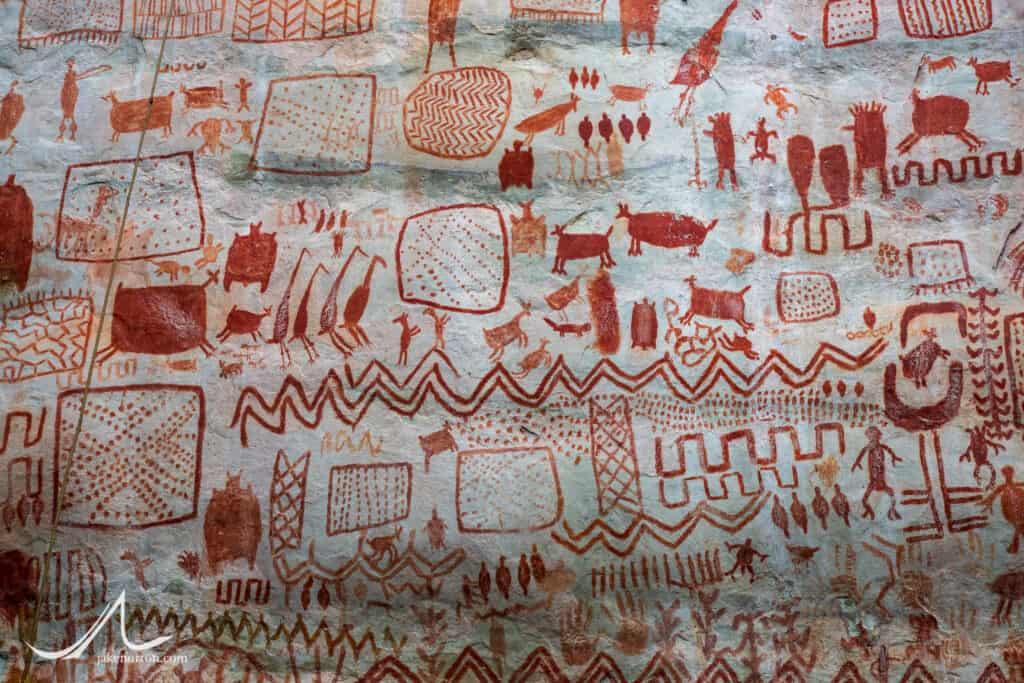
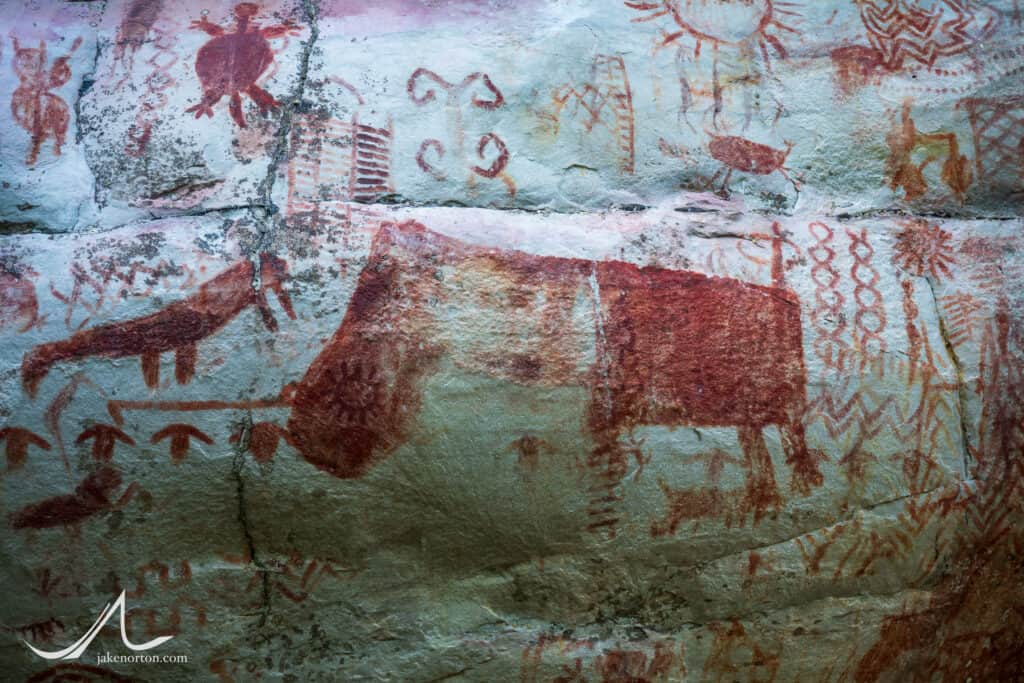
Those hands, those brains, those people thousands of years ago, what were they doing? What were they communicating, and to whom? The answer seems at once simple, and impossible. For certain, they were recording, submitting a tenuous record of their existence with diligence and certainty, knowing - as we humans have since forever despite our unyielding desire otherwise - the harsh reality of our absolute impermanence.
Daydreaming, ruminating on the ancient past thrust into my immediate present, listening to our local guide, Marcel, explain the theories about this art, the creatures represented and the links to a time long gone, partially recorded yet mostly lost, I thought, as I often do, of Loren Eiseley:
Man without writing cannot long retain his history in his head. His intelligence permits him to grasp some kind of succession of generations; but without writing, the tale of the past rapidly degenerates into fumbling myth and fable. Man's greatest epic, his four long battles with the advancing ice of the great continental glaciers, has vanished from human memory without a trace. Our illiterate fathers disappeared and with them, in a few scant generations, died one of the great stories of all time.
- Loren Eiseley, The Star Thrower (Archive.org | Library)
While so much remains, so much detail displayed on the rocks above us and scattered throughout the jungle, more, far more, is lost to the ages, relegated to the genius yet ultimately feeble interpretation of today.
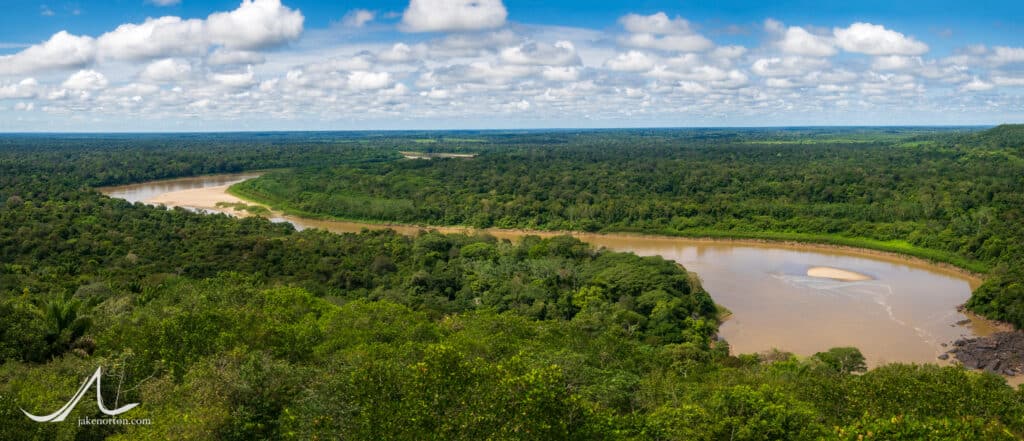
The next day, we bounced down the Guayabero River, spotting errant fins of the Amazon River Dolphin and headed to more rock art at Raudal Angosturas, centuries blurred in my head. The gentle swell of the river, but lightly changed in its course and nature since it commenced its flow from the ice, marking time only a river or mountain can contemplate, brought me to the time of those before, the rock climbing art makers of 12,000 years previously. And, again to Eiseley:
Once in a lifetime, perhaps, one escapes the actual confines of the flesh. Once in a lifetime, if one is lucky, one so merges with sunlight and air and running water that whole eons, the eons that mountains and deserts know, might pass in a single afternoon without discomfort. The mind has sunk away into its beginnings among old roots and the obscure trickles and movings that stir inanimate dungs. Like the charmed fairy circle into which a man once stepped, and upon emergence learned that a whole century had passed in a single night, one can never quite define this secret; but it has something to do, I am sure, with common water.
- Loren Eiseley, The Star Thrower (Archive.org | Library)
It was all a chronological conundrum, a confusion of times, the modern mixed with the ancient, a present so similar and yet so utterly distant from the past, common threads weaving disparate narratives yielding unending questions, scant answers.
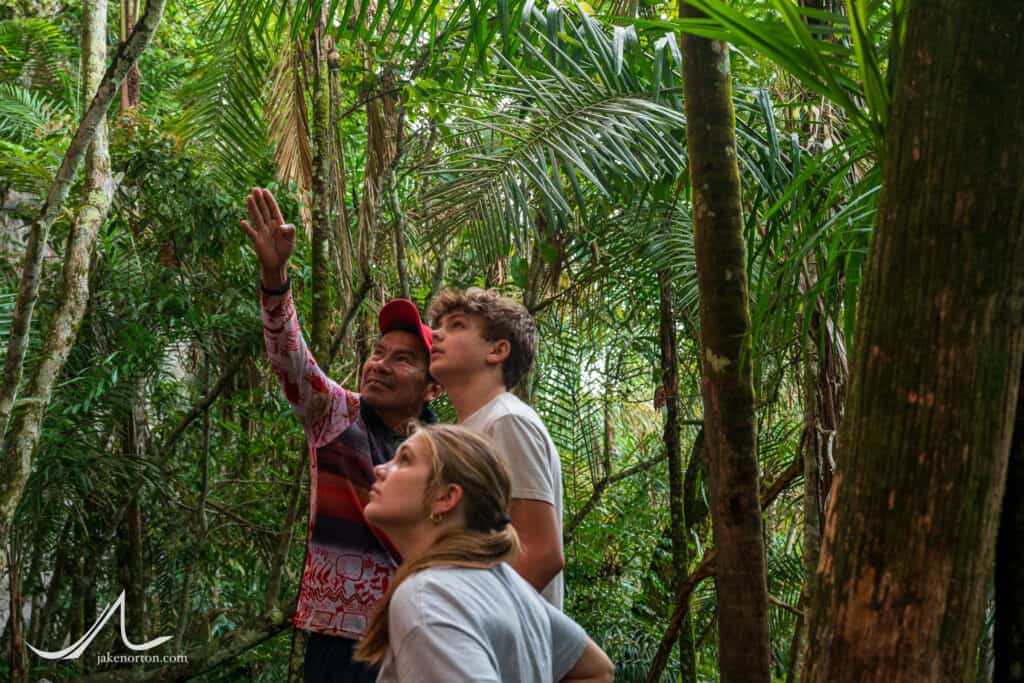
In the paintings that afternoon, I saw in them a pondering, a deep, profound, timeless and ageless questioning. In those ochre prints high on the limestone seemed to emerge the haunted, eternal query of humanity: Who am I? Who are we? And why, for what? Again, in Immense Journey, Eiseley delves into this with eloquent wisdom:
It is unlikely, however, in our present comfortable circumstances, that the pace of human change will ever again speed at the accelerated rate it knew when man strove against extinction. The story of Eden is a greater allegory than man has ever guessed. For it was truly man who, walking memoryless through bars of sunlight and shade in the morning of the world, sat down and passed a wondering hand across his heavy forehead. Time and darkness, knowledge of good and evil, have walked with him ever since. It is the destiny struck by the clock in the body in that brief space between the beginning of the first ice and that of the second. In just that interval a new world of terror and loneliness appears to have been created in the soul of man.
- Loren Eiseley, The Star Thrower (Archive.org | Library)
For the first time in four billion years a living creature had contemplated himself and heard with a sudden, unaccountable loneliness, the whisper of the wind in the night reeds. Perhaps he knew, there in the grass by the chill waters, that he had before him an immense journey. Perhaps that same foreboding still troubles the hearts of those who walk out of a crowded room and stare with relief into the abyss of space so long as there is a star to be seen twinkling across those miles of emptiness.
Those paintings. Tens of thousands of them, across miles of stone deep in the jungle, created over tens of thousands of years. What did they mean then? What do they mean now? What, if any, lessons can we take and apply to our individual and collective futures as a species? What do we know that they did not? More importantly, perhaps, what did they know that we do not? The questions were akin to being in Plato's Allegory of the Cave, seeing only shadows of the real world, devoid of depth, form, meaning.
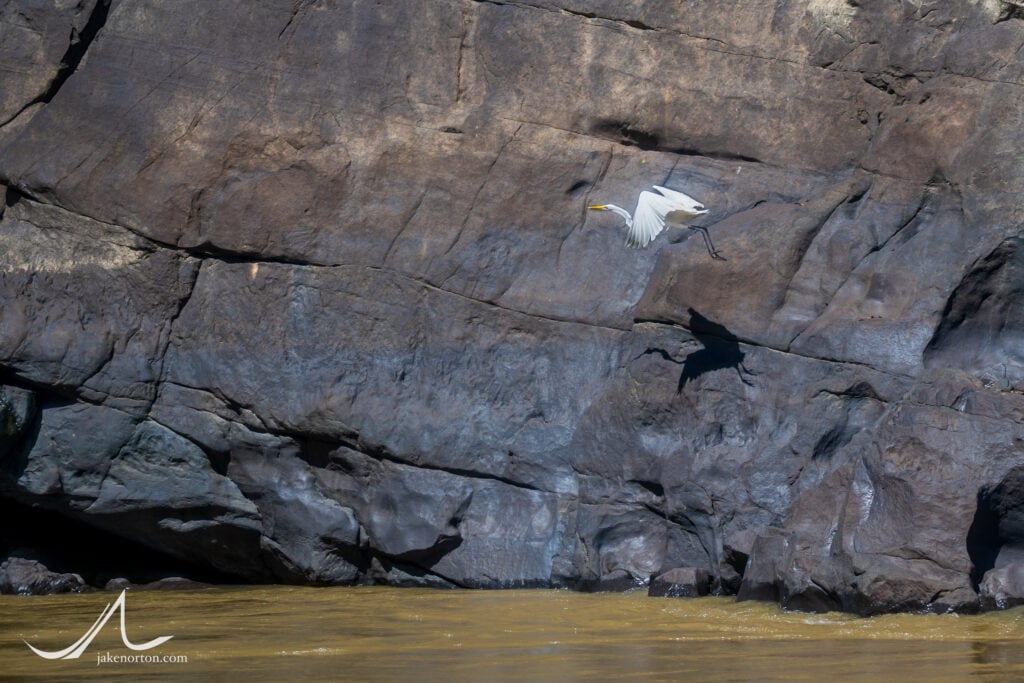
In his writings on anthropology and archeology, humanity and humanness and humaneness, the nature and meaning of this life, of all life, Eiseley pondered and probed at this question and the reality of its stubborn unanswerable nature:
In a universe whose size is beyond human imagining, where our world floats like a dust mote in the void of night, men have grown inconceivably lonely. We scan the time scale and the mechanisms of life itself for portents and signs of the invisible. As the only thinking mammals on the planet—perhaps the only thinking animals in the entire sidereal universe—the burden of consciousness has grown heavy upon us. We watch the stars, but the signs are uncertain. We uncover the bones of the past and seek for our origins. There is a path there, but it appears to wander. The vagaries of the road may have a meaning, however; it is thus we torture ourselves.
- Loren Eiseley, The Star Thrower (Archive.org | Library)
As we came back from the jungle, the questions remained, churning and burning as I looked at the photos and read articles for some clarity, some certainty.
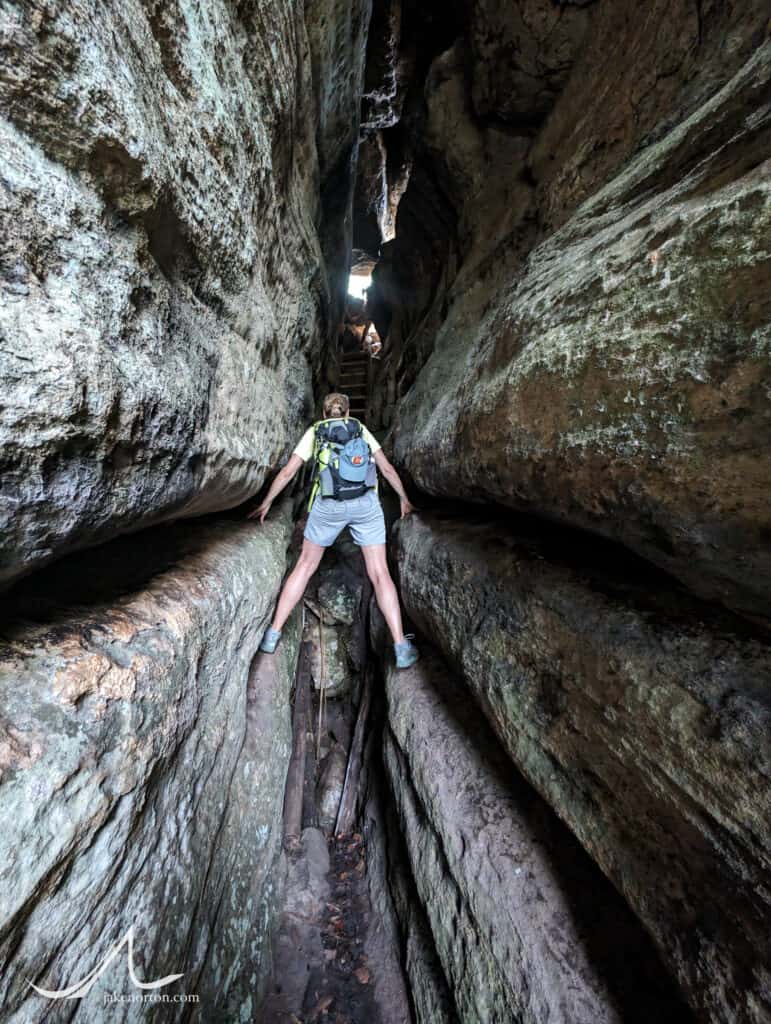
But, there was none. And perhaps that is for the best. Like the closed gates of Chiribiquete keeping its secrets veiled in mist and mystery, its tribes uncontacted and landscape unknown, some answers are best left hidden, shrouded, uncertain, a canvas of knowledge forever painted and never finished.
Through how many dimensions and how many media will life have to pass? Down how many roads among the stars must man propel himself in search of the final secret? The journey is difficult, immense, at times impossible, yet that will not deter some of us from attempting it. We cannot know all that has happened in the past, or the reason for all of these events, any more than we can with surety discern what lies ahead. We have joined the caravan, you might say, at a certain point; we will travel as far as we can, but we cannot in one lifetime see all that we would like to see or learn all that we hunger to know.
- Loren Eiseley, The Star Thrower (Archive.org | Library)
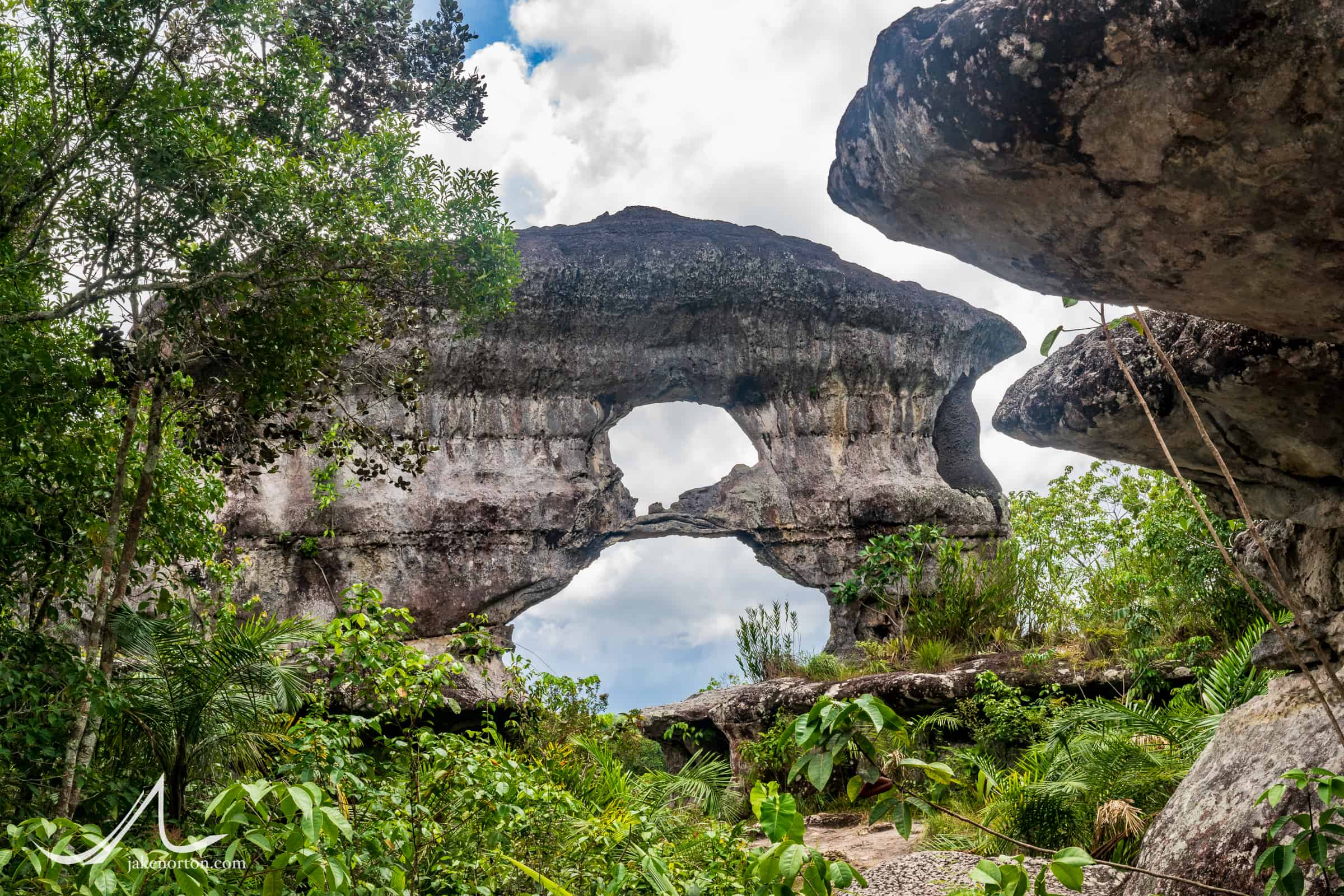


Dear Jake,
This report is very intersting. I could not imagine that there were still unexplored region on earth. These pictograms question the past and even the future of the human species.
Your children have grown up well and they are lucky to have parents like you two.
Merci, cher Pierre! Yes, it is quite amazing to imagine still largely untouched places on this earth. Seeing the pictograms, it reminded me of Alice and her absolute love of the caves and art of Lascaux! I hope you are well, and sending love from here in Colorado!